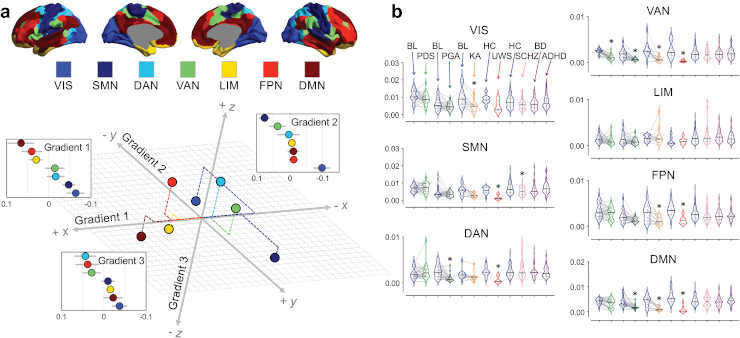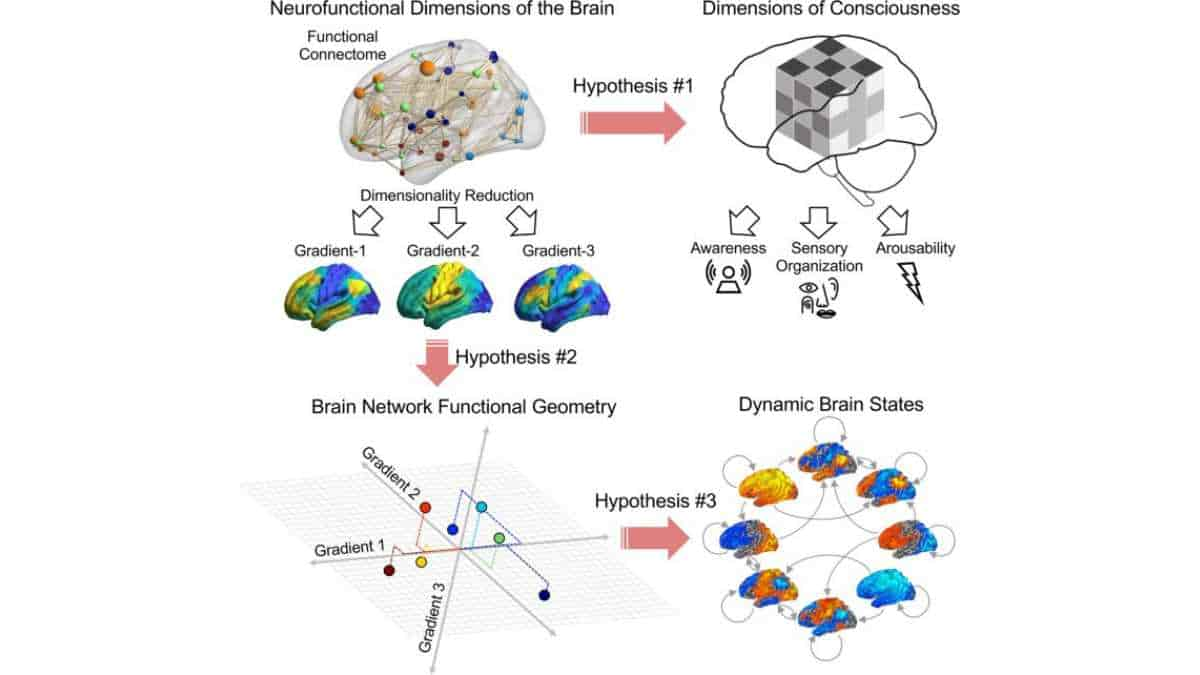There is more to the question of what consciousness is than just philosophy. Researchers are still just beginning to explore how the human brain’s electrochemical activity is able to give rise to conscious experience.
Recent research suggests that consciousness is caused by a network of neurons rather than a single location in the brain. On the other hand, it has been hard to track down the different connections between brain networks that lead to awareness and wakefulness.
The ultimate answer has significant implications for how brain health is understood — from coma, in which a person is alive but unable to move or respond to his or her surroundings, to surgical anesthesia, to schizophrenia’s altered thought processes. Now, a novel approach based on functional MRI sheds new light on how we describe and study conscious states.
“Consciousness is complex and studying it is like solving a scrambled Rubik’s cube. If you look at just a single surface, you may be confused by the way it is organized. You need to work on the puzzle looking at all dimensions,”
said Zirui Huang, Ph.D., University of Michigan Medical School Department of Anesthesiology.
Three Consciousness Dimensions

Credit: Nature Communications (2023). DOI: 10.1038/s41467-022-35764-7
When it comes to consciousness, these dimensions can include
1) arousability, which is the brain’s ability to be awake
2) awareness, which is what we actually experience, such as the redness of a rose
3) sensory organization, which is how sights, sounds, and feelings become woven together to create our seamless conscious experience
However, for decades, these dimensions were only considered conceptually, with no connection to brain activity. Huang, George Mashour, M.D., Ph.D., professor and chair of the Department of Anesthesiology and founder of the Center for Consciousness Science, and Anthony Hudetz, DBM, Ph.D., director of the Center for Consciousness Science, sought to discover those dimensions of the mind in the geometry of the brain in their study.
Brain imaging studies typically evaluate discrete, well-defined brain areas. Consider the state of Colorado on a map of the United States to understand this. It has very defined boundaries and is almost rectangular in shape.
But the borders dividing New Mexico and Colorado are arbitrary. The topology of the mountains in Colorado and New Mexico, in contrast, provides a more detailed, authentic view of the area.
In this neuroimaging study, the researchers took a very similar approach: rather than focusing on discrete brain regions, they looked at the topology or gradients across brain regions.
Three Cortical Gradients

Credit: Nature Communications (2023). DOI: 10.1038/s41467-022-35764-7
The team used fMRI data from study participants who were awake, anesthetized, in a form of coma, or who had psychiatric diagnoses like schizophrenia to develop a map of these so-called cortical gradients of consciousness.
After that, the team was able to compare how recordings from 400 different brain regions changed in relation to these states or diagnoses. They discovered three cortical gradients, including those for arousability, awareness, and sensory organization, that appeared to correspond to the dimensions of consciousness.
“What used to be mapped only as a helpful diagram of conscious states might now be mapped in the brain itself,”
said senior author Anthony Hudetz.
Huang pointed out that the findings could lead to the creation of assessments or diagnoses for neurologic patients that are based on the brain. As the authors write in the paper,
“Furthermore, disruptions of consciousness are associated with a degradation of one or more of the major cortical gradients, which vary depending on the state.”
The work was supported by a grant from the National Institute of General Medical Sciences of the National Institutes of Health.
Reference:
- Huang, Z., Mashour, G.A. & Hudetz, A.G. Functional geometry of the cortex encodes dimensions of consciousness. Nat Commun 14, 72 (2023).
Last Updated on January 30, 2023
